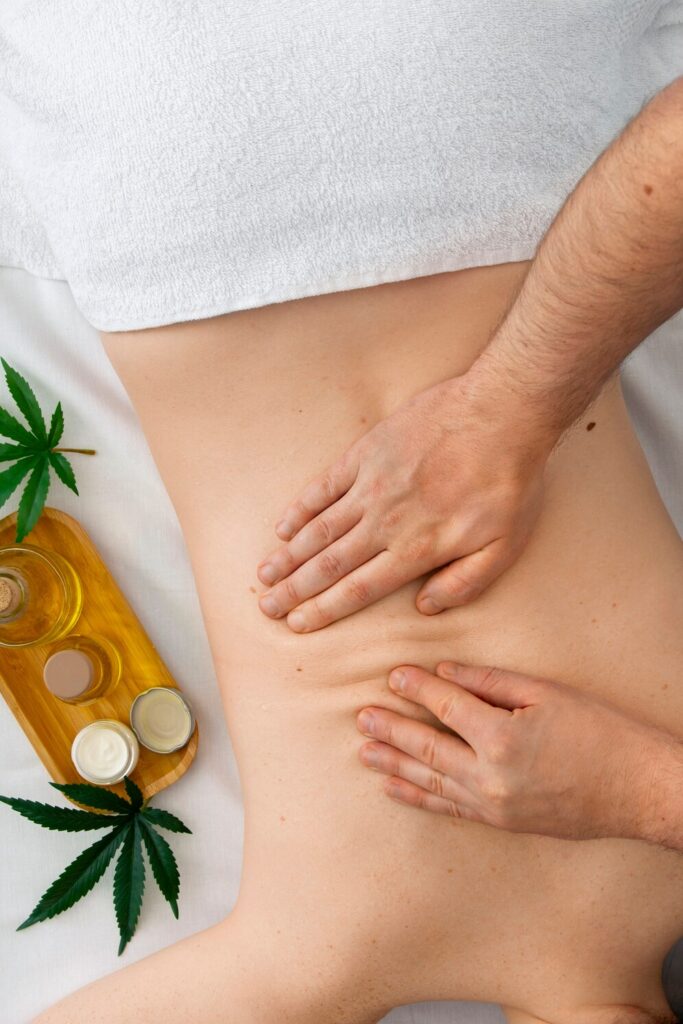Sports massage techniques
Sports massage encompasses a variety of massage techniques specifically designed to support athletes in their training and competition. It aims to enhance performance, reduce muscle soreness, and facilitate recovery. Among the various types of sports massage, the most effective for improving flexibility and range of motion is often the deep tissue massage. This method involves applying firm pressure and slow strokes to reach deeper layers of muscle and fascia. By targeting specific muscle groups and releasing tension, deep tissue massage can significantly increase flexibility and improve range of motion. Athletes frequently benefit from this type of massage, as it helps alleviate muscle tightness that can hinder performance.
Another important type of sports massage is the active release technique (ART), which focuses on identifying and releasing muscle tension in specific areas. ART practitioners utilize a combination of pressure and movement to help lengthen muscles and restore proper function. By actively engaging the muscle during the treatment, this technique can effectively improve flexibility and enhance joint mobility. The incorporation of stretching during the massage session allows for greater elongation of the muscle fibers, resulting in increased flexibility and a more extensive range of motion.

How frequently one should receive sports massage
When considering how frequently one should receive sports massage to improve flexibility, it is essential to recognize that individual needs may vary based on activity level, training intensity, and specific goals. For athletes engaged in rigorous training regimens, a weekly or biweekly massage may be beneficial. This frequency allows for consistent muscle maintenance and recovery, ultimately enhancing flexibility and reducing the risk of injury. Additionally, during periods of increased training intensity, such as pre-competition phases, more frequent sessions can help prepare the body for optimal performance.
However, for individuals who engage in moderate exercise or are new to sports massage, a monthly session may suffice. This schedule enables one to experience the benefits of massage while allowing the body adequate time to adapt and recover. As flexibility and range of motion improve, individuals can adjust their massage frequency according to their evolving needs. Listening to one’s body and recognizing signs of tension or discomfort can guide decisions about when to seek massage therapy.
In addition to receiving regular sports massages, incorporating specific stretching techniques into one’s routine can further enhance flexibility and range of motion. Post-massage stretching is particularly effective, as the muscles are already relaxed and more pliable, making it an ideal time to work on elongating muscle fibers. Dynamic stretching exercises, such as leg swings and arm circles, can help warm up the muscles and increase circulation before engaging in physical activity. Static stretching, which involves holding a stretch for an extended period, is also beneficial for improving flexibility. It is essential to focus on major muscle groups, particularly those frequently used in sports or physical activities.
Moreover, self-myofascial release techniques, such as foam rolling, can complement sports massage. Foam rolling helps to release tension in the fascia surrounding muscles, allowing for improved flexibility and a greater range of motion. Regular use of a foam roller can be especially helpful for athletes in between massage sessions, as it promotes blood circulation and reduces muscle tightness. Integrating self-myofascial release into one’s routine can enhance the effectiveness of sports massage and contribute to a more flexible body.
What else helps improve mobility?
Nutrition and hydration also play a vital role in maintaining muscle health and flexibility. Consuming a balanced diet rich in vitamins, minerals, and protein supports muscle recovery and overall physical performance. Hydration is equally important, as water helps to keep muscles pliable and reduces the risk of cramping and stiffness. Incorporating nutrient-dense foods, such as fruits, vegetables, lean proteins, and whole grains, can contribute to enhanced muscle function and flexibility.
It is also beneficial to consider the role of mental well-being in achieving flexibility and range of motion. Stress can lead to muscle tension, which may limit mobility. Practices such as mindfulness, yoga, or meditation can help reduce stress levels and promote relaxation, thereby enhancing the benefits of sports massage. By addressing both physical and mental aspects of well-being, individuals can create a comprehensive approach to improving flexibility and overall performance.


